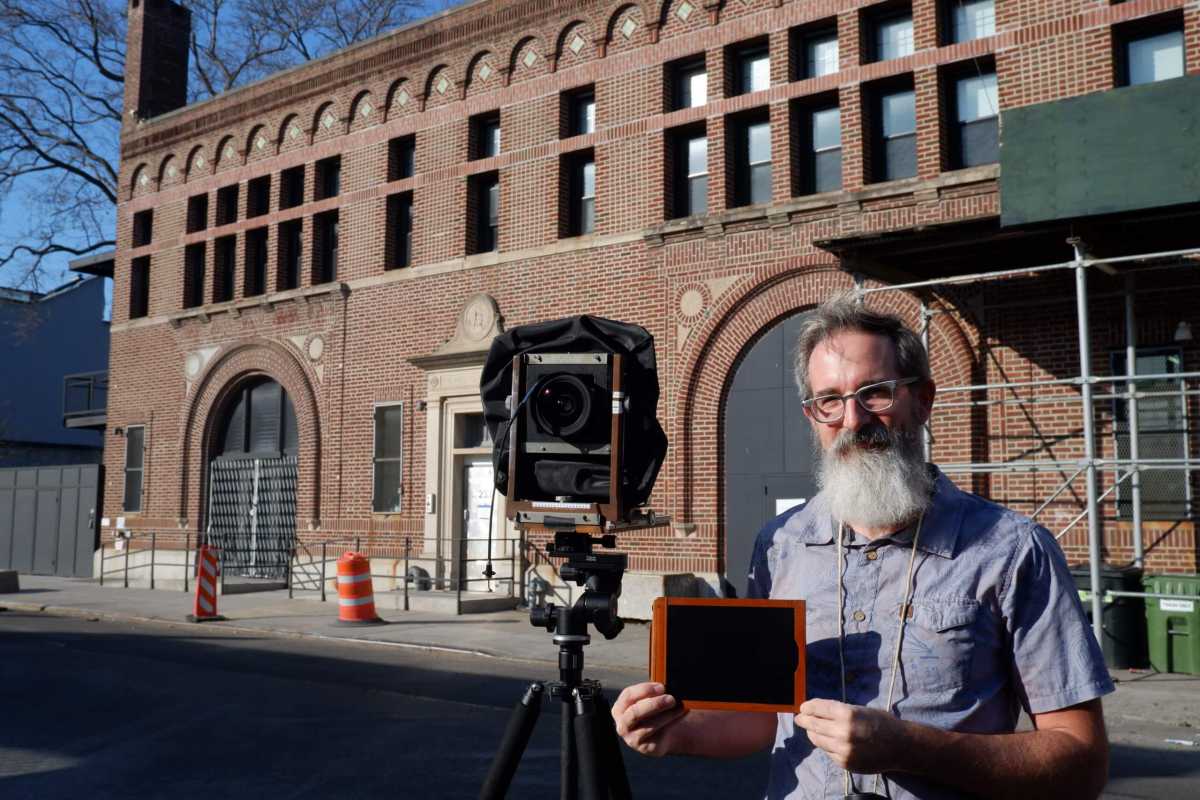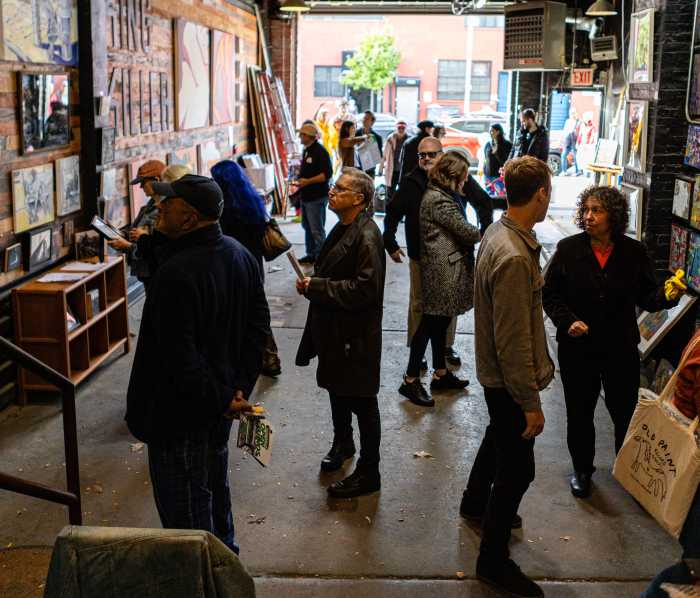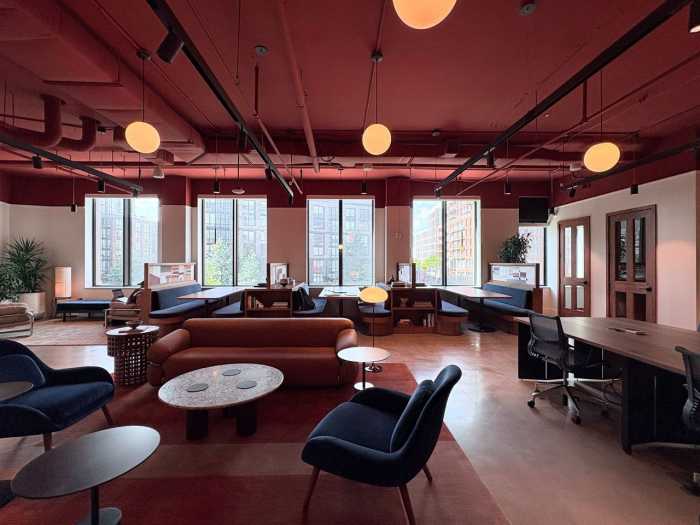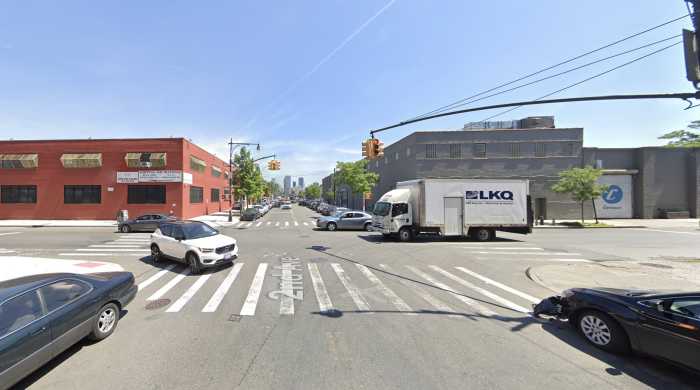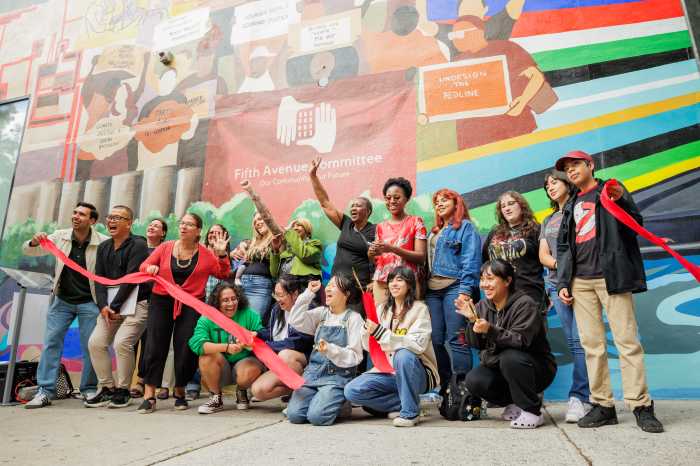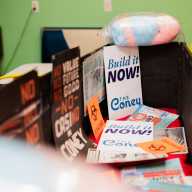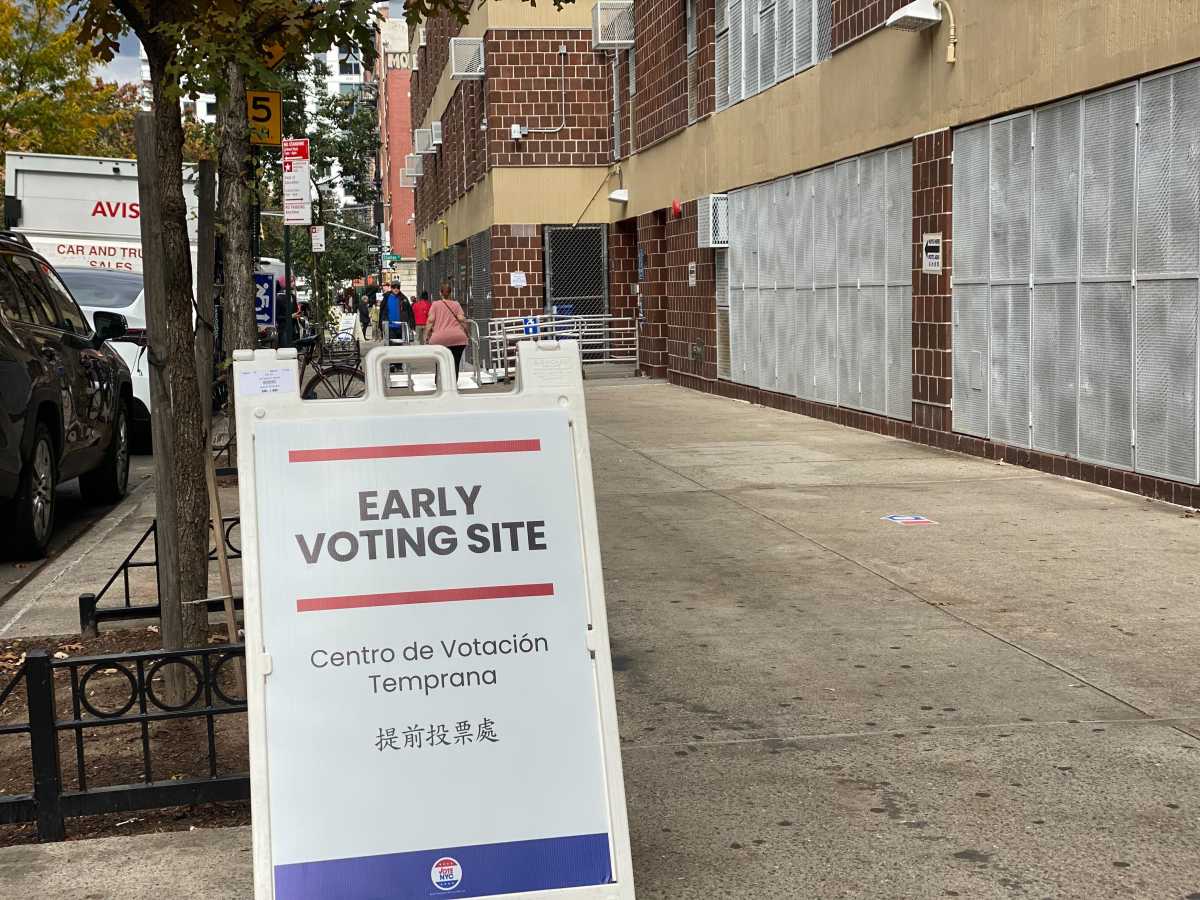A Brooklyn photographer has started a series shooting old industrial buildings around Gowanus using a method as old as many of the nabe’s manufacturing structures — the ancient art of dry glass plates.
“I just liked the idea of this overlapping of past and present,” said Miska Draskoczy. “[The glass plates] are messy, they’re dirty, and they capture that kind of compromised state the buildings are in today.”
For his new photo series, the local lensman chose to catalogue the remnants of Gowanus’ industrial heyday from the mid-1800s to the early 20th century, along with other quirky architecture along the neighborhood’s noxious namesake canal.
Using a modified 1960s Burke and James view camera, Draskoczy photographs on 5-by-7 inch glass dry plates that capture an image using a gelatin emulsion coating that reacts to light exposure.
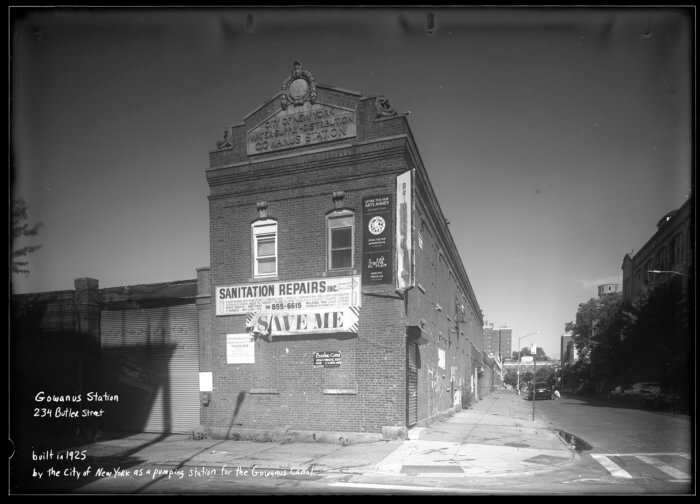
The technique became widely used in the late 19th century until celluloid film took over as the medium of choice in the early 20th century.
The process is labor-intensive and involves Draskoczy schlepping around the camera in a suitcase and making sure he has the exact right light conditions to suit the fragile plates, while also dealing with curious passers-by and obstructions in front of his subjects.
“It’s New York City, so there’s delivery trucks parked right in front just when you want to get the picture,” he said.
He develops the images in the bathroom of his apartment just across Fourth Avenue in Park Slope and scans them for digital use.
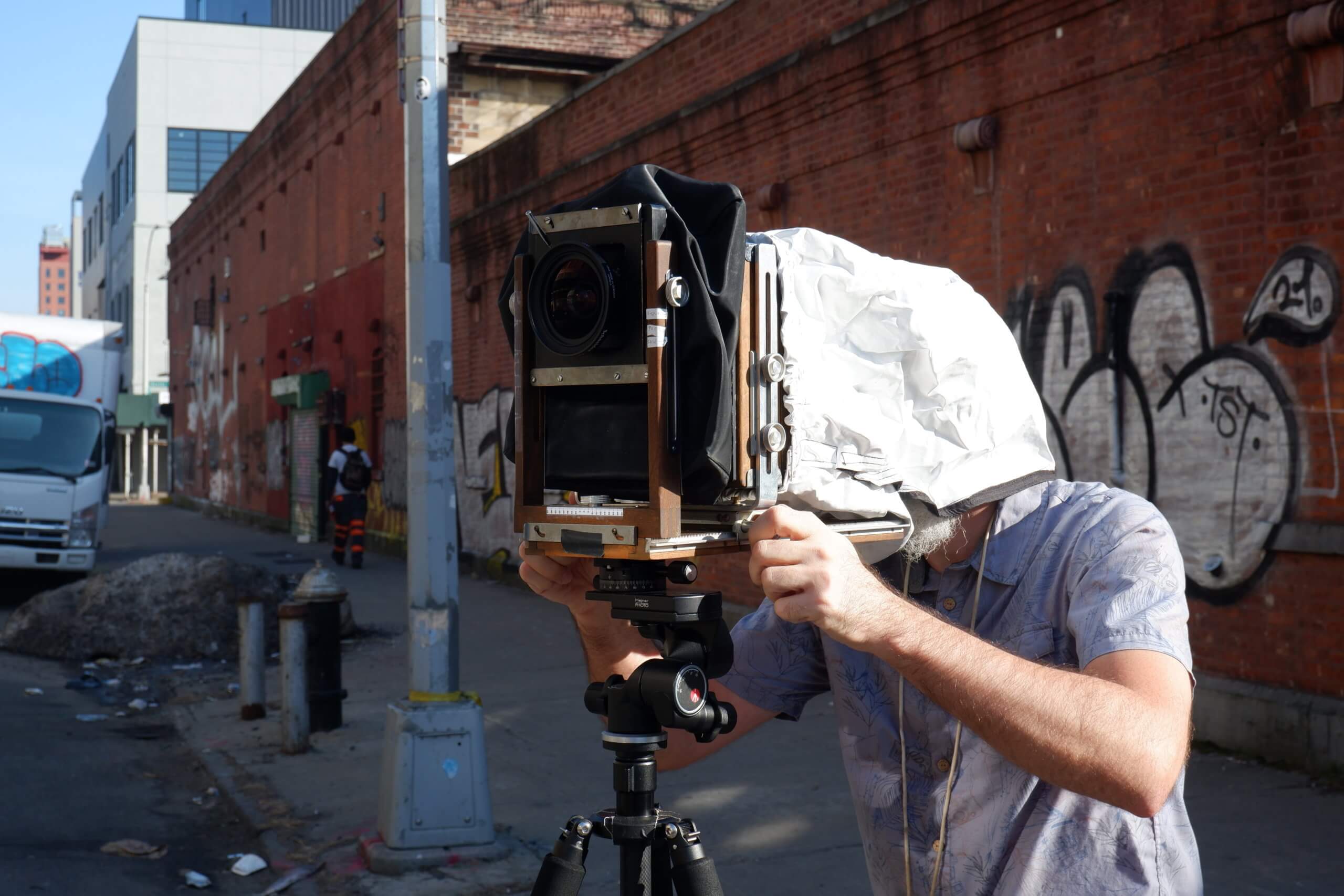
Despite the effort, the Gilded Age technology still holds up, offering crisp shots with a lot of detail.
“The irony is that the old format is actually high resolution and captures way more details than many high-end cameras today,” he said.
He has documented notable old buildings and structures around the neighborhood, such as the Carroll Street Bridge, one of the few retractile spans in the country, which opened in 1889; the early 20th century Gowanus Station building at the corner of Butler and Nevins streets, which is destined to become integrated into a planned filtration facility at the head of the canal under the federal Superfund Cleanup; and the former American Society for the Prevention of Cruelty to Animals-turned vinyl-spinning cafe and bar at 233 Butler St.
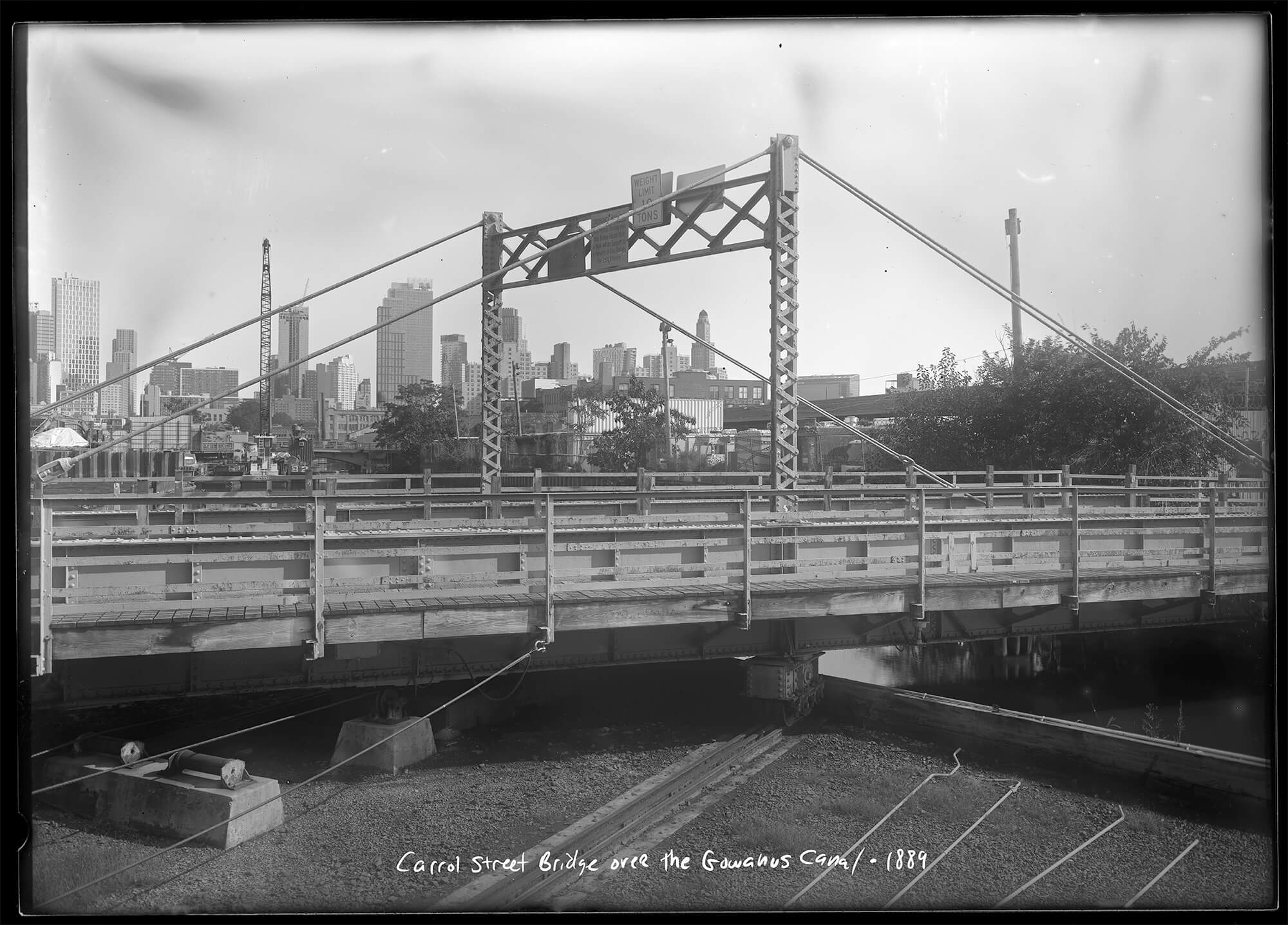
The Slope resident has long been fascinated by the neighborhood along Brooklyn’s Nautical Purgatory and previously published a photo book called “Gowanus Wild,” which explores nature and wilderness sprouting up around the heavily contaminated industrial environment.
He also released a 2020 calendar portraying some of the local manufacturers still operating in the neighborhood in collaboration with the Gowanus Souvenir Shop.
For his current project, he was inspired by a list of 29 architectural and cultural sites the local preservationist group the Gowanus Landmarking Coalition has lobbied the city to landmark before the neighborhood-wide rezoning, which is currently held up in court.
The preservation efforts came too late for some area gems, like the 1886 S.W. Bowne Grain Storehouse on Smith Street which was taken down by developers Chetrit Group in 2019 following a mysterious fire a few months prior, which Fire Department investigators determined was arson.
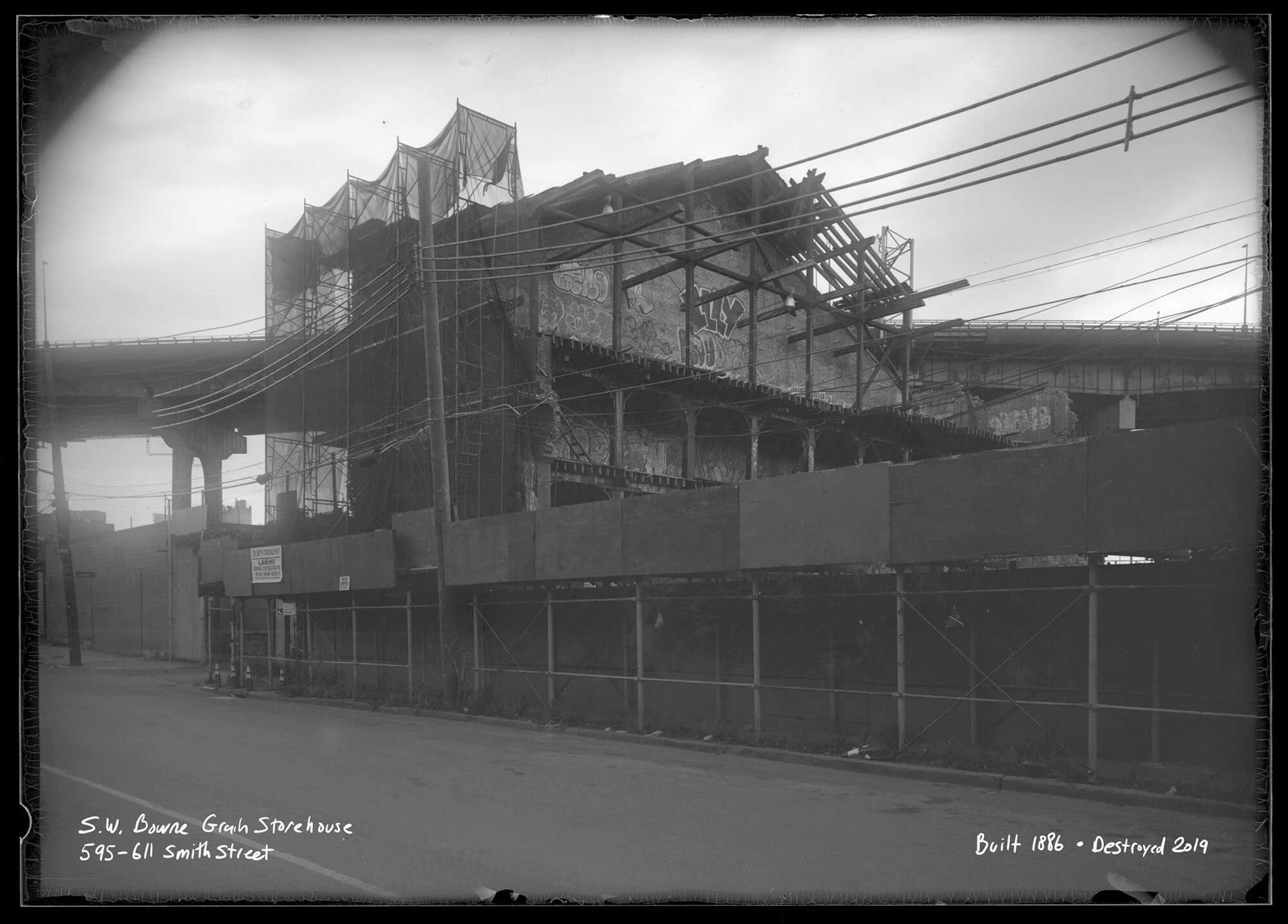
Draskoczy aims to eventually incorporate the photos into a book — likely side-by-side with poems or historical descriptions of the buildings — and the photographer hopes the effort will help save the endangered buildings from more demolition, or at least keep them intact as part of new development.
“Gowanus is one of the original industrial areas of the country. It’s like a 19th century Home Depot,” he said. “I’m not a purist. These buildings have been modified and renovated, but that’s kind of what gives them their character. It would be a shame to see many of the buildings disappear rather than rehabilitated or repurposed.”
For more information on the photo series, see www.miskadraskoczy.com/industrial-landmarks.


